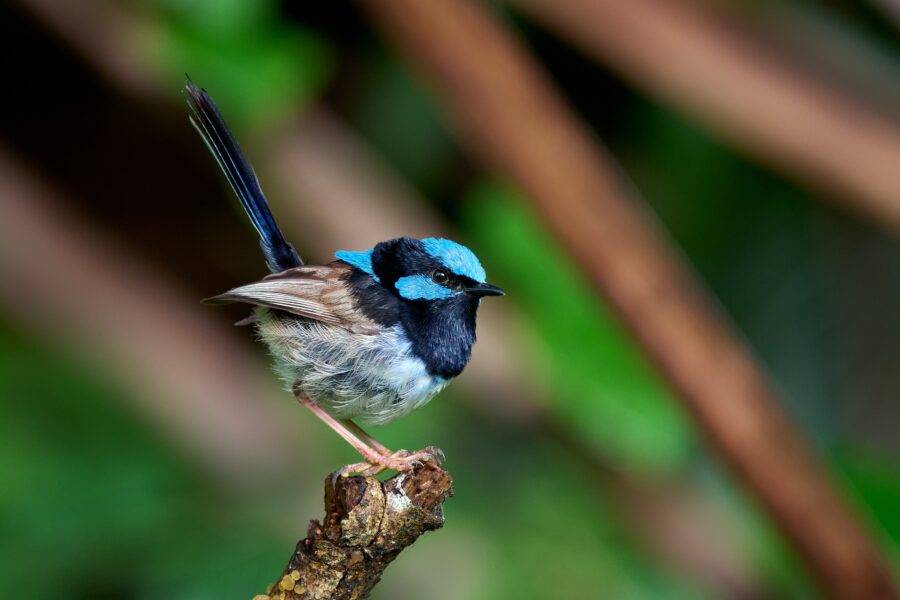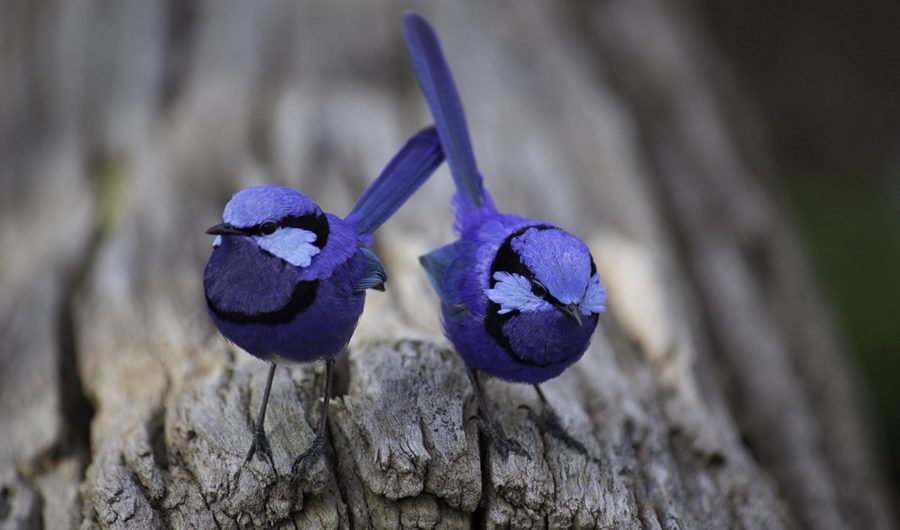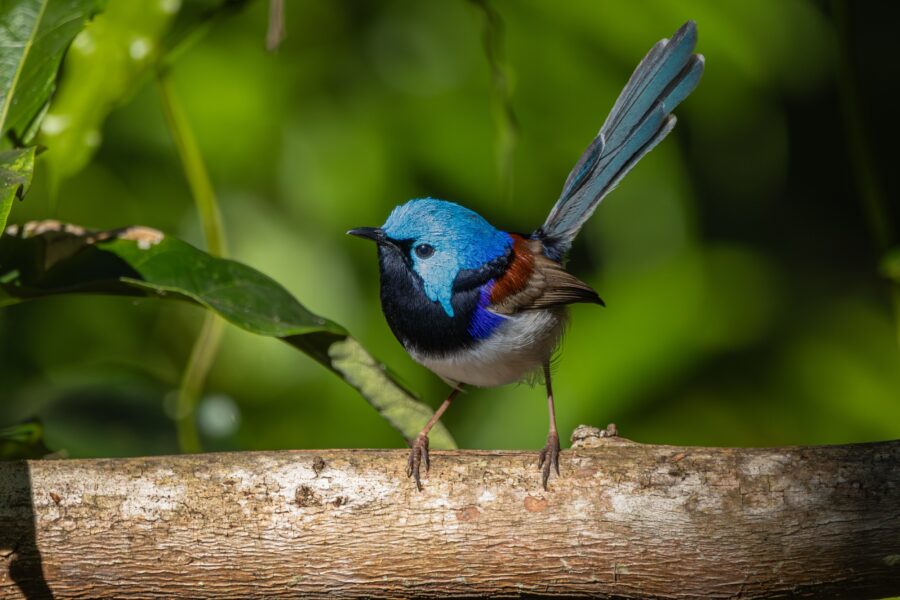Fairy-wrens hitchhike on predator’s song

Australian splendid fairy-wrens like to flirt with danger when courting each other, new research has found. To attract the female’s attention, males sing their sexual display songs when predators are nearby.
By ‘vocal hitchhiking’ or singing their song after the call of a predator, the males take advantage of the female’s heightened attention.
“It seems that male fairy-wrens may be singing when they know they will have an attentive audience, and, based on the response of females, this strategy may actually work,” says biologist Dr Emma Greig, lead author behind the research at Cornell University in Ithaca, USA.
This bravado of crooning in the face of danger is not standard behaviour, as other animals prefer to lay low in the presence of predators. But not the splendid fairy-wren (Malurus splendens) male. Instead, males of this notoriously sexually promiscuous birds – which are socially monogamous for life but predominately mate outside the marriage – seem exploit this fear response. The study suggests females respond more to the male’s vocalisation if it follows a butcherbird’s call.
“Hey, I’m here” call
Despite the splendid fairy-wren’s long list of predators, including magpies, kookaburras, currawongs and ravens, it’s only the gray butcherbird (Cracticus torquatus) that the male’s vocally hitchhike with.
In fact, butcherbird vocalisations cause male fairy-wrens to sing so promptly and reliably that it sounds like a duet. It’s not a long melody, though, says Emma, just curt trill to say, “hey I’m here.”
It is not known why the splendid fairy-wren chose the butcherbird’s call rather than another predator.
Despite the apparent danger, this risk-taker of the bird world may not be as much of a dare-devil as it first appears.
“Contrary to what you might expect, singing after a predator call may actually be quite safe: the male fairy-wrens know where the predator is located, and he also knows that the predator isn’t actively hunting at that moment, but is instead singing its heart out,” says Emma.
Dangerous flirtations
This mating call is different from territorial call made by both male and female fairy-wrens. Says fairy-wren expert, Associate Professor Stephen Pruett-Jones from the University of Chicago, “when I first observed this call in the 1990s, I originally thought this was an alarm call. But then by very carefully testing by using recorded butcherbird calls, we have ascertained it is actually a display call.”
These dangerous flirtations are not just done by brash young males, but by male wrens of all ages and across the social hierarchy, the researchers found. Tere are only two other species in which this behaviour has been noted, the fairy gerygones (Gerygone palpebrosa) and the white-throated magpie-jays (Calocitta formosa).
Stephen thinks this tactic may be more common than previously thought. “Recent evidence is emerging that some other fairy-wrens are doing this,” he says.



